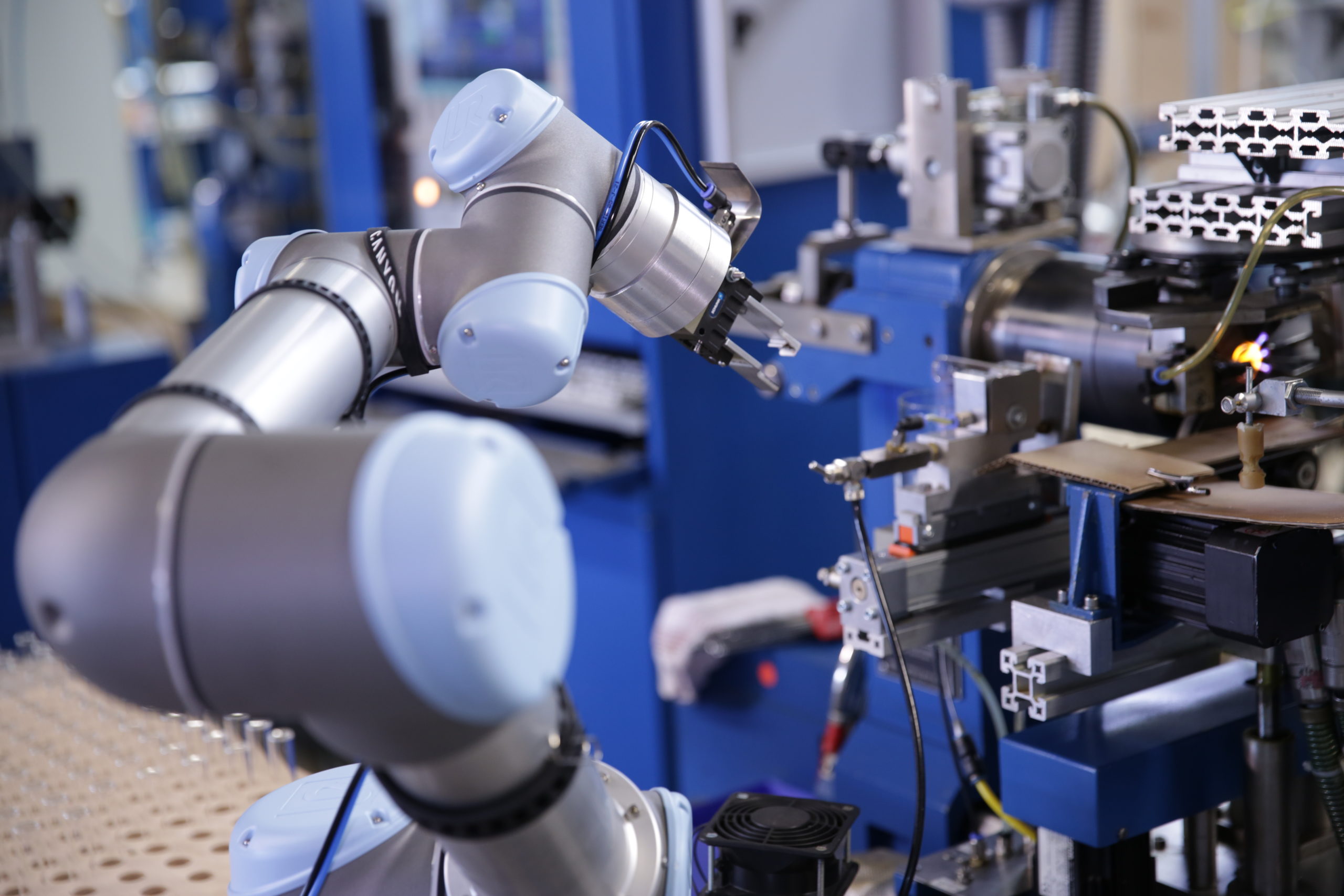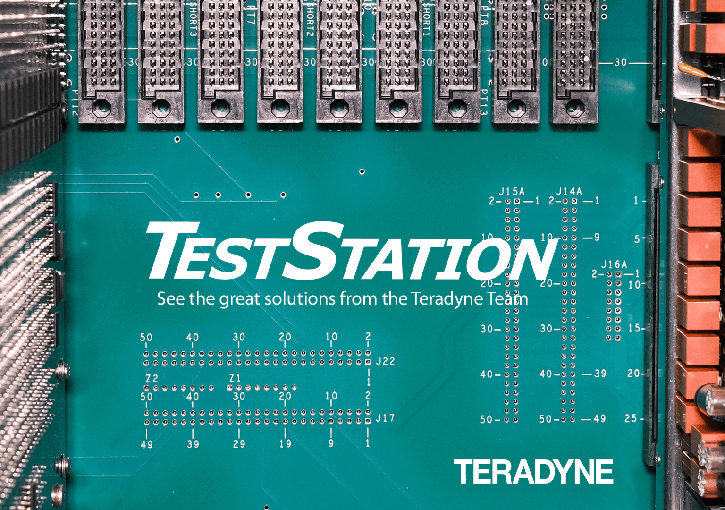Home | High Speed Subsystem Instrument Options
High Speed Subsystem Instrument Options
- Teradyne PXI Express HSSub instruments address the challenge of recent and upcoming test requirements including increasing speed, data volume, protocol and processing complexity, as well as low-latency UUT interaction
- Instruments are configured and accessed via application-specific HSSub Apps that are authored by Teradyne, end users, or third-party developers
- HSSub Instruments employ a Three-Tier architecture to perform the critical operations associated with old, new, custom, and standard digital interfaces
- The time-critical operations take place within the instruments, independent of the central computer and Windows operating system
- Multiple autonomous instruments, independent of central resources, support concurrent asynchronous UUT interfaces
- HSSub Core Instruments combine a Test Defined FPGA for low-level I/O Bus Processing (tier 1) and a multi-core processor with RTOS for Upper Level Protocol Real-Time Processing (tier 2) into a single open-architecture instrument
- Two Core Instruments share identical internal structure:
- The Serial Core Instrument supports up to 16 bidirectional channels at up to 3.125 Gb/s
- The LVDS Core Instrument supports up to 72 LVDS differential pairs at up to 800 Mb/s
- A TPS-invoked HSSub App loads processor-based procedures and Test Defined FPGA code, configuring the instrument in seconds
- The processor and FPGA have large, high-speed local memories
- Each instrument can run autonomously, independent of the Windows-based computer (tier 3), and multiple instruments can run concurrently
- Direct paths between tiers 1 & 2 provide the lowest possible latency for time-critical protocols
- For more information on Core Instruments:
- The Real-Time Processor Module provides the same multi-core processor with RTOS capability as the Core Instruments
- The module typically provides Real-Time Processing (tier 2) support in conjunction with other HSSub instruments handling low-level I/O Bus Processing (tier 1)
- HSSub Apps associate the processor modules with other instruments and configures them within seconds
- Each Real-Time Processor Module and associated instruments can run autonomously, independent of the Windows-based computer (tier 3), and multiple groups of instruments can run concurrently
- For more information on Real-Time Processor Module:
- HSSub Reconfigurable IO Expansion Instruments provide low-level I/O Bus Processing (tier 1) with large, high-performance Test Defined FPGAs
- Reconfigurable instruments can be repurposed from one TPS to another to meet a wide range of bus requirements; standard-compliant as well as variations from standards, well-specified as well as those with evolving needs
- A TPS-invoked HSSub App loads the Test Defined FPGA code, configuring the instrument in seconds
- Each instrument contains large, high-speed local memory directly accessible to the FPGA
- IO Expansion Instruments may be controlled directly by the tier 3 Windows computer for applications that do not require real-time support
- IO Expansion Instruments may be associated with a Real-Time Processor in a Core Instrument, or a standalone Real-Time Processor Module
- Each IO Expansion Instrument has unique capabilities to support applications with various I/O signal requirements, channel counts, and parallel or serial buses
- For more information on Reconfigurable IO Expansion Instruments:
- Flexible IO Expansion Instruments share a common, high-performance FPGA-based infrastructure
- Integrated Physical Interface Modules (PIM) provide bus-specific I/O capability
- A TPS-invoked HSSub App loads the Test Defined FPGA code, configuring the instrument in seconds
- Each instrument contains large, high-speed local memory directly accessible to the FPGA
- IO Expansion Instruments may be controlled directly by the tier 3 Windows computer for applications that do not require real-time support
- IO Expansion Instruments may be associated with a Real-Time Processor in a Core Instrument, or a standalone Real-Time Processor Module
- Standard Teradyne-supplied HSSub Apps and utilities provide the most commonly required functionality
- For more information on Flexible IO Expansion Instruments:
|
1G Ethernet |
RS232/IRIG-B |
RS485 |
HOTLink/ECL |
Bus Controller
|
Dedicated Chipset |
FPGA |
FPGA |
Dedicated HOTLink FPGA ECL |
| HSSub-9030 |
|
|
X |
X |
| HSSub-9050 |
X |
X |
|
|
- The HSSub dedicated bus instruments provide the highest density and performance available in single-slot, 3U PXI Express form factor
- The most widely used standard serial buses are best served by instruments based on bus-specific dedicated chipsets with provide a broad range of configurability that is controlled by HSSub Apps
- HSSub-6090/6091 Ethernet instruments:
- Support copper-based or optical Ethernet
- Share data with Tier 2 functionality if real-time Upper Level Protocol processing is required
- The HSSub-6120 FireWire Instrument implements the AS5643 Upper Level Protocol in an onboard Tier 2 Real-Time Processor
- The HSSub-8030 provides common PC buses in an instrument as a more supportable approach than servicing the UUT directly from a computer
- For more information on the Standard Bus Instruments:
- The HSSub HSSub-6065 Optical IO Expansion Instrument is used in conjunction with other serial HSSub instruments to provide support for optical-based buses
- Supported instruments:
- The HSSub-7050 Remote Test Head allows locating HSSub instruments in close proximity to the Unit Under Test:
- Supports interfaces that cannot tolerate long cabling
- Supports location in or near environmental chambers and test adapters
- Supports hot-swapping of the Test Head without rebooting the HSSub
- For more information on optical media conversion












